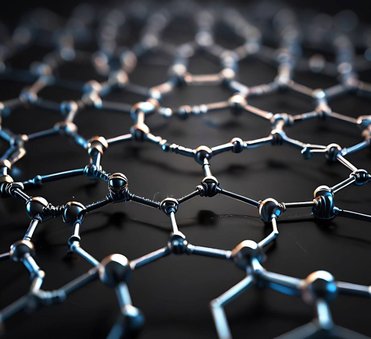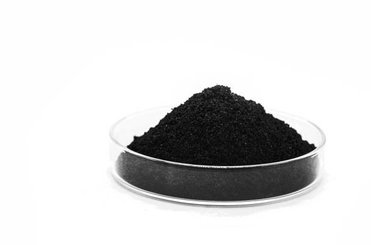GRAPHENE
Graphene is a special allotrope of Carbon. Just for example, graphite is an allotrope of Carbon with a layered molecular structure that makes it very soft, and diamond is an allotrope of Carbon with a crystalline molecular structure that makes it very hard, Graphene is a different allotrope of Carbon with a one-dimensional sheet structure on the molecular level.
This molecular structure, just like with graphite and diamond, has a massive impact on the properties of Graphene.
Graphene has very high tensile strength and a comparably low density, which makes it very beneficial for structural applications in composite materials for stronger lightweight aircraft hulls, car frames or more durable coatings. The molecular structure also gives it beneficial electric properties. That’s why Graphene is used to produce semiconductors, batteries or other electronic devices where it heavily improves performance.
Graphene also has very high thermal conductivity, which makes it useful for many different applications. Electronics are again a very large market here.
There are also many other potential applications for Graphene. Its high tensile strength, high conductivity, and low density are properties that are useful in almost every product imaginable to some degree. Many industry sectors are working on the developments necessary to implement Graphene to their advantage at this very moment.
Graphene has significant relevance across the chemical, manufacturing, construction, textile, engineering, food, pharma and other industries.



